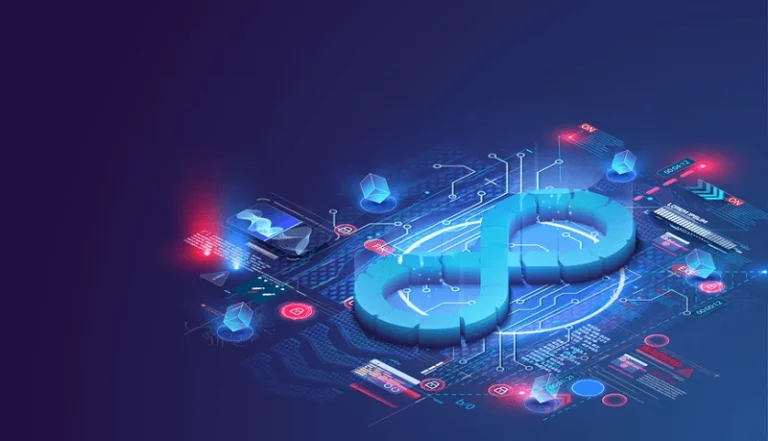Continuous Delivery Model

Every successful and well-organized modern software project requires a combination of continuous integration (CI) and continues delivery (CD). Continuous delivery is a widespread software delivery practice used by IT companies to provide custom functions in a faster, safer, and more permanent way.
Continuous Delivery (CD) allows automating the entire software release process. The goal is to create a trustworthy and automated process that delivers software from the developer to the user. In turn, the programmer, getting rid of almost all the manual work, works more productively.
CI/CD is a pipeline concept. It facilitates the merging of a new code into the main code base. The idea allows one to run various types of tests at each stage and complete it by launching with the deployment of the system in the actual product that end-users see.
Thus, developers need the continuous delivery model for running tests and deploying/releasing. The continuous delivery branching model, for example, allows the developers to run tests freely and make changes without destroying the main code line. The developers can develop, test, and modify the code in parallel or isolation and then merge it to a master.
Continuous Delivery Model—The Pros and Cons
Continuous delivery implementations pass through phases of maturity. The continuous delivery maturity model has five steps (level) – base, beginner, intermediate, advanced, and expert. There are also five categories–Culture and Organization, Design and Architecture, Build and Deploy, Test and Verification, Information and Reporting. Different types can fall under various levels, although it is desirable to maintain them somewhat close to each other. The company does not need to pass these levels sequentially and can use them as a base for evaluation and planning instead.
This continuous delivery model allows the business to receive a return on investment as soon as possible and also reduce risky and repetitive tasks. The pros and cons of the continuous delivery maturity model will help the company decide whether its implementation is the right step at this time.
Pros:
- The speed of introducing new functionality – from a client request to delivery. CI/CD allows us to run updates in a matter of days or weeks compared to a whole calendar year with the classic waterfall approach. New services – new competitive business advantages. There is an opportunity not only to reproduce the functionality of competitors’ solutions but also to be significantly ahead of them in the development and implementation of new tools.
- There is the ability to choose the best option, thanks to testing and a more significant number of trials. The company will save resources by discontinuing unpromising products.
- The quality of the final result is higher: automatic testing covers all aspects of the product, which is challenging to implement with a standard release approach. Developers detect and remove all errors and vulnerabilities in the early stages of development.
Cons:
- The company might desire to transfer everything related to IT systems, including the core level, to CI/CD, DevOps, and Agile at once without having enough experience and knowledge. Such actions can severely disrupt the work of the company.
- Maintain a proper level of coordination between CI and CD. Fast and high-quality results from the application of the technique are possible only after a long and thorough adjustment of the interaction between all the parties involved.

We are confident that we have what it takes to help you get your platform from the idea throughout design and development phases, all the way to successful deployment in a production environment!
Top Articles
ABC of DevOps Testing: Types, Best Practices, and Everything You Need to Know
I am here to help you!
Explore the possibility to hire a dedicated R&D team that helps your company to scale product development.






